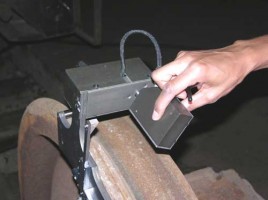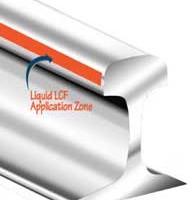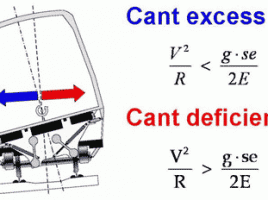
Tools and Techniques for Optimizing the Wheel/Rail Interface
By Gary P. Wolf • July, 2007 Much has been written and said about the need to optimize the interface between the wheel and rail, but with the growth of heavy axle load traffic, the mandate for optimum performance is greater than ever. Balancing the wheel/rail equation and optimizing interaction can …



